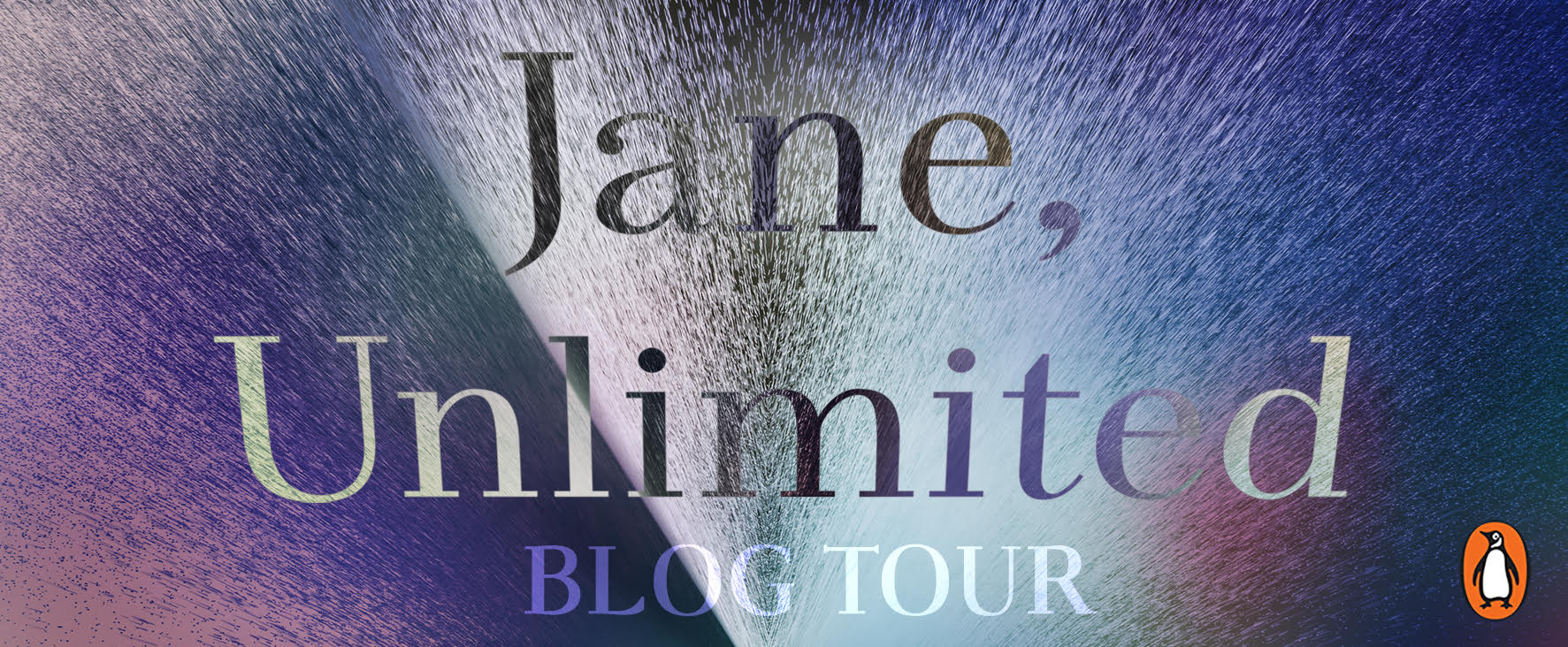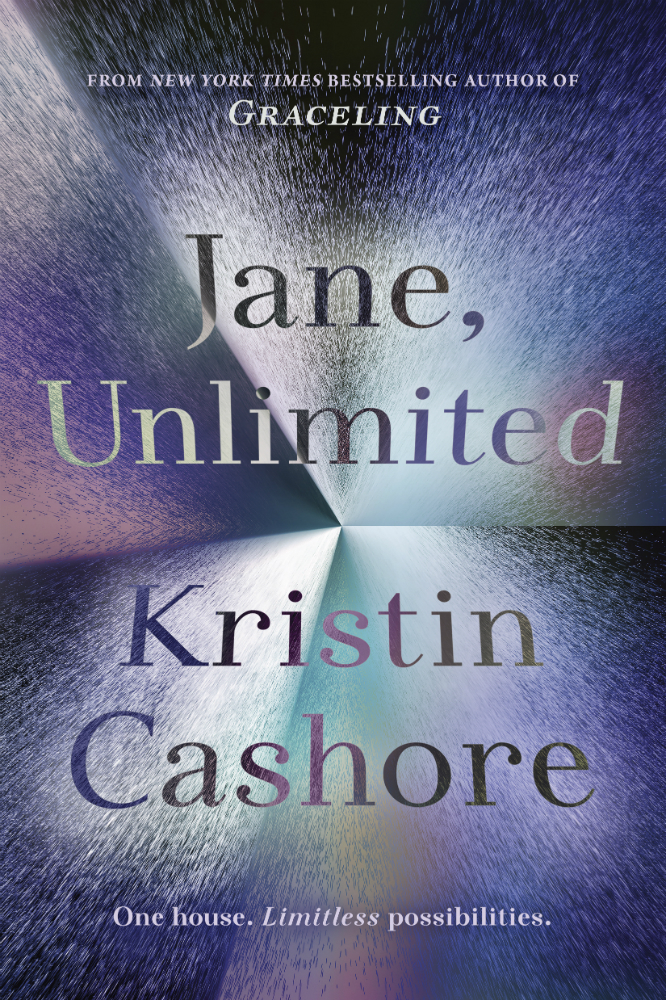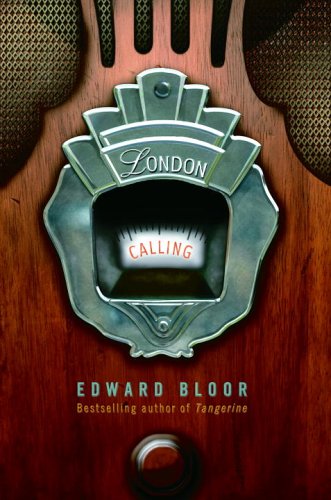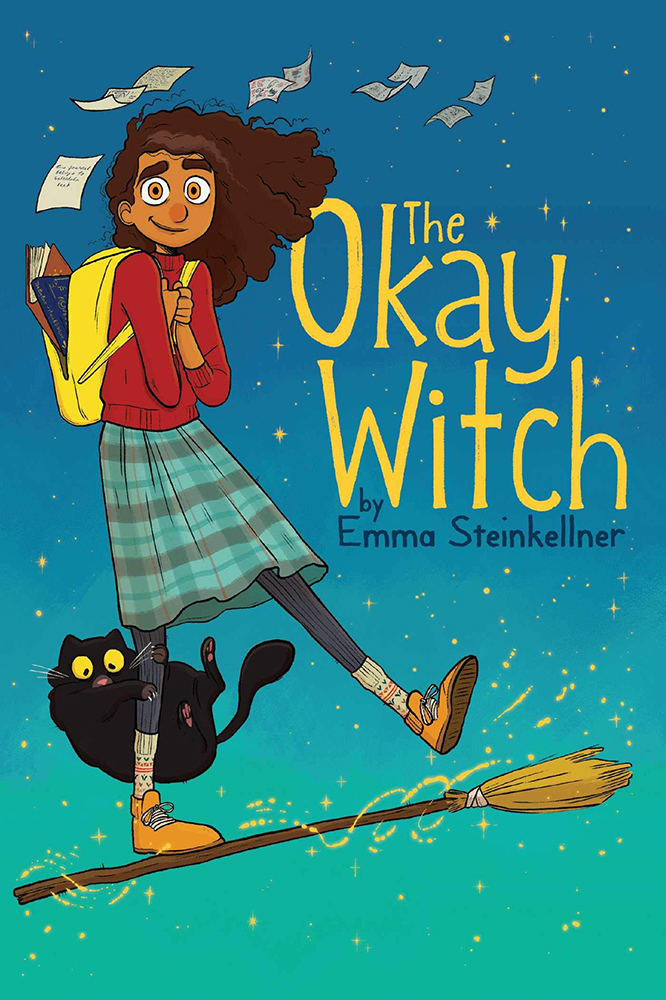
Jane is not coping well with the death of her Aunt Magnolia, a talented nature photographer who has been caring for Jane since her parents died years ago. So when her old friend Kiran invites her to spend some time at Kiran’s family’s remote mansion, Tu Reviens, Jane accepts. Besides a chance to get away, Tu Reviens offers Jane the chance to fulfill a promise to her aunt, who once enigmatically made Jane swear to visit the island if she ever got the chance. Once she arrives, she’s blown away by the extravagant wealth of Kiran’s family – but that is just the beginning of the surprises in store for Jane.
Jane, Unlimited is a kaleidoscopic labyrinth of a novel, incorporating just about every genre you can think of: mystery, science fiction, fantasy, contemporary, heist, romance – whatever you want, you’re likely to find it in this book. The story begins with a long introductory section explaining why Jane is visiting Tu Reviens and introducing the reader to important facts and people we’ll need to know to make sense of the rest of the book. At a moment of crucial decision, the novel gives us five possible paths the story can take, all of which lead to not only different endings but also different creations of meaning within the novel itself.
I enjoyed the experimental structure of Jane, Unlimited, even though I liked some versions of the story better than others. I think fans of Doctor Who will be especially excited about the spirit of possibility and adventure this book offers. Cashore does a neat job of making the reader go back and re-evaluate different moments of storytelling while nimbly preventing the text from being too repetitive. If it feels a little gimmicky at times, I almost feel like it’s the book making fun of itself. And if that’s not the case, the bits of fun more than make up for it.
The only place I really got hung up on in the book was Cashore’s strange mode of third-person narration, which bears obvious marks of the novel’s original second-person choose-your-own-adventure structure. Whatever steps the author took to convert the novel from second to third person make it a bit jarring and alienating to step into for the first time, but I did notice that after a hundred or so pages, I stopped noticing the effect. Plus, I can see how the strangeness of this book is complemented by an alienating style of narration. If you’re willing to get on board with what Cashore is selling, it just heightens the novel’s best effects.
A copy of this book was provided by the publisher for review.




